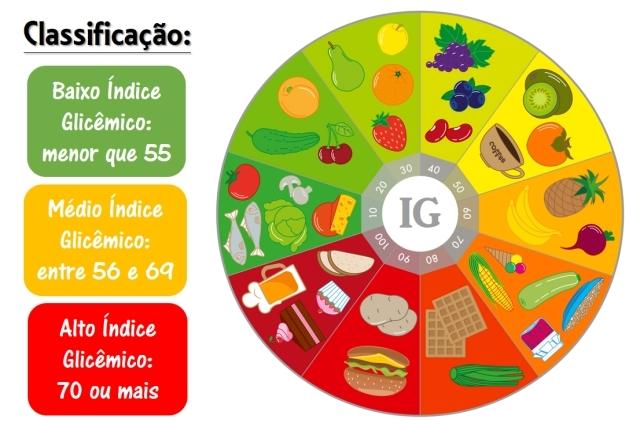
A first, simple definition that responds to what are the foods with a high glycemic index it is this: they are the foods that cause blood glucose levels to rise rapidly.
Is this an absolutely negative feature? And how do you do the calculation of the glycemic index?
We try to answer all these questions.
What is the glycemic index and when is it high
Now let's go into the specific definition of index glicemico. First of all, it must be emphasized that it is not an absolute value: the glycemic index of a food is calculated by comparing it with another reference food - glucose or white bread - whose glycemic index is fixed at 100.
This parameter is considered high when it is greater than or equal to 70.
For this, taking glucose as a reference, they are for example considered foods with a high glycemic index:
- boiled potatoes (IG 96);
- polished rice (IG 89);
- puffed rice (IG 87);
- acacia honey (IG 87);
- i corn flakes (IG 81);
- pizza (IG 80);
- chocolate flakes cereals (GI 77);
- gluten-free rice pasta (GI 76);
- wholemeal bread (GI 74);
- white bread (GI 72);
- watermelon (IG 72);
- bread with oil (IG 72);
- i popcorn (IG 72);
- the banana (IG 70).
Are High Glycemic Index Foods Less Healthy?
Scrolling through our list of high glycemic index foods it becomes clear how they are not necessarily considered less healthy foods respect to others.
L'watermelon, for example, has a higher glycemic index (72) than that of chocolate (which is approximately equal to 40).
Furthermore, the glycemic index is not the only factor to take into account when making such considerations. In fact, the increase in blood sugar after eating a food also depends on the portion ingested and from total composition of the meal.
The effect of the portion size can be taken into account by calculating the so-called glycemic load, which is obtained by multiplying the glycemic index by the amount of carbohydrates in the food divided by hundred.
The glycemic load of a food is considered low if less than 10 e high if above 20.
Always taking as an example thewatermelon, suppose we eat 200 grams; they contain about 7,5 grams of carbohydrates and the glycemic load of that portion will be 5,4.
In a serving of 80 grams of buckwheat (food that has an intermediate glycemic index, equal to 54, and therefore lower than that of watermelon), on the other hand, there are about 50 grams of carbohydrates, for a glycemic load of 27.
It is also possible to calculate the iglycemic index of the entire meal; however, it must be remembered that the presence of proteins, fats and fibers, the viscosity of foods and any technological transformation processes to which they have been subjected and the presence of resistant starch (which is not digested) are all factors capable of influencing it.
Better, in short, do not base the organization of your meals only on the calculation of the glycemic index of their ingredients; there are many aspects to take into account, and taking into consideration this parameter alone could lead us astray.
The best choice is to ask for advice from a nutrition expert: with a little food education you will learn how to manage your diet according to the needs of your body.


























